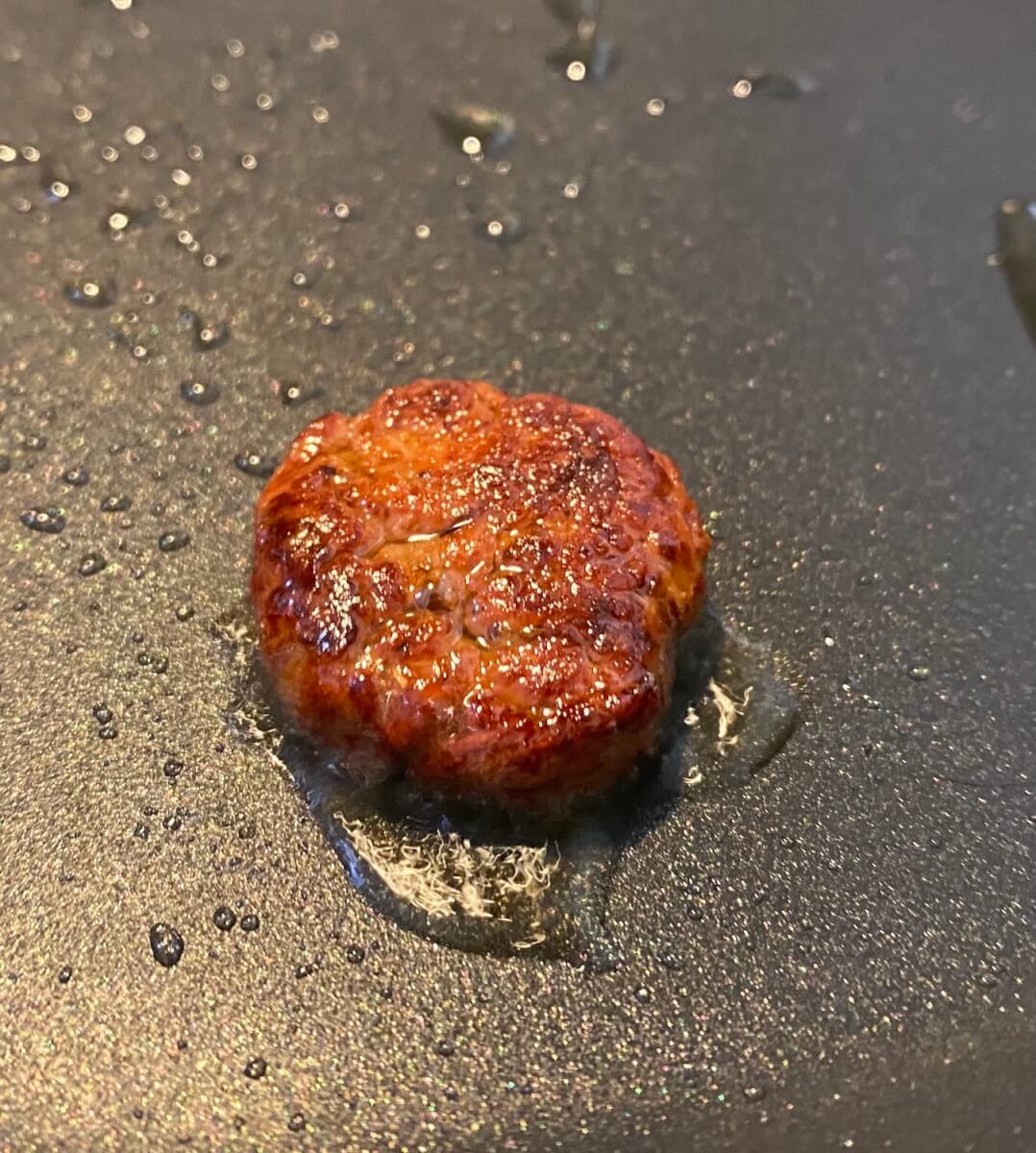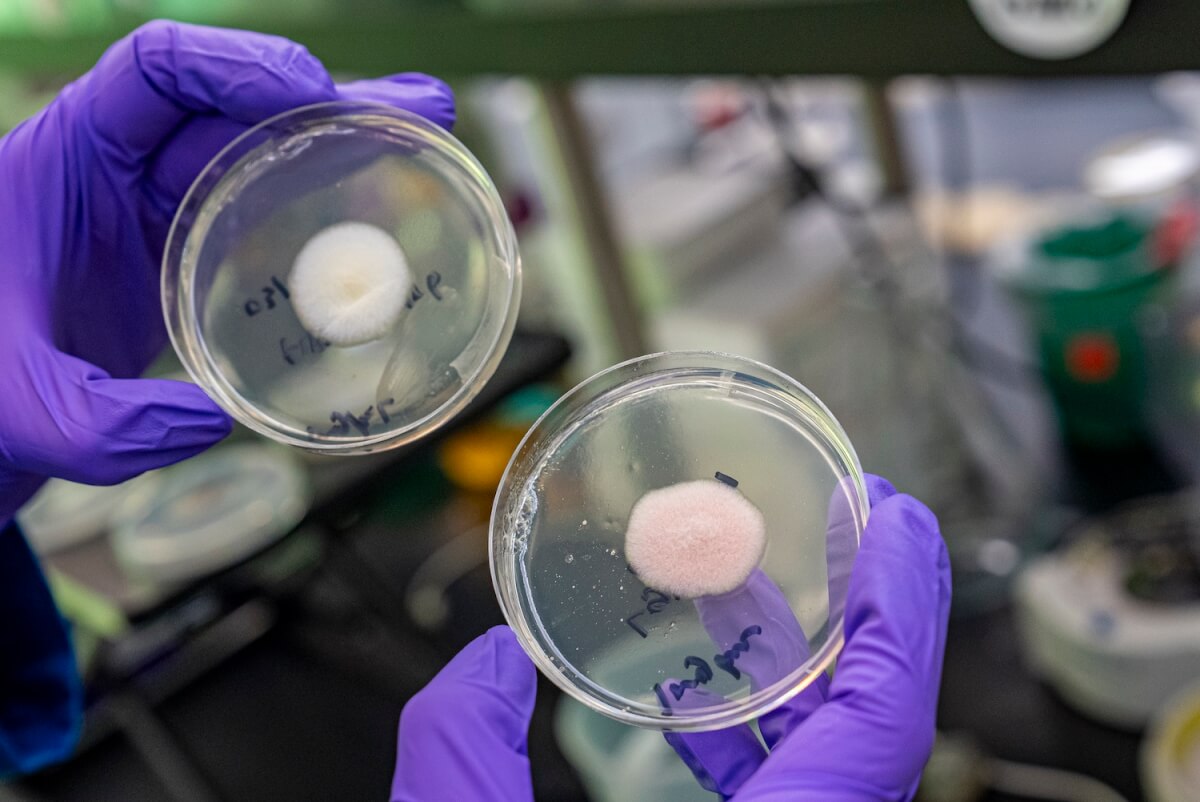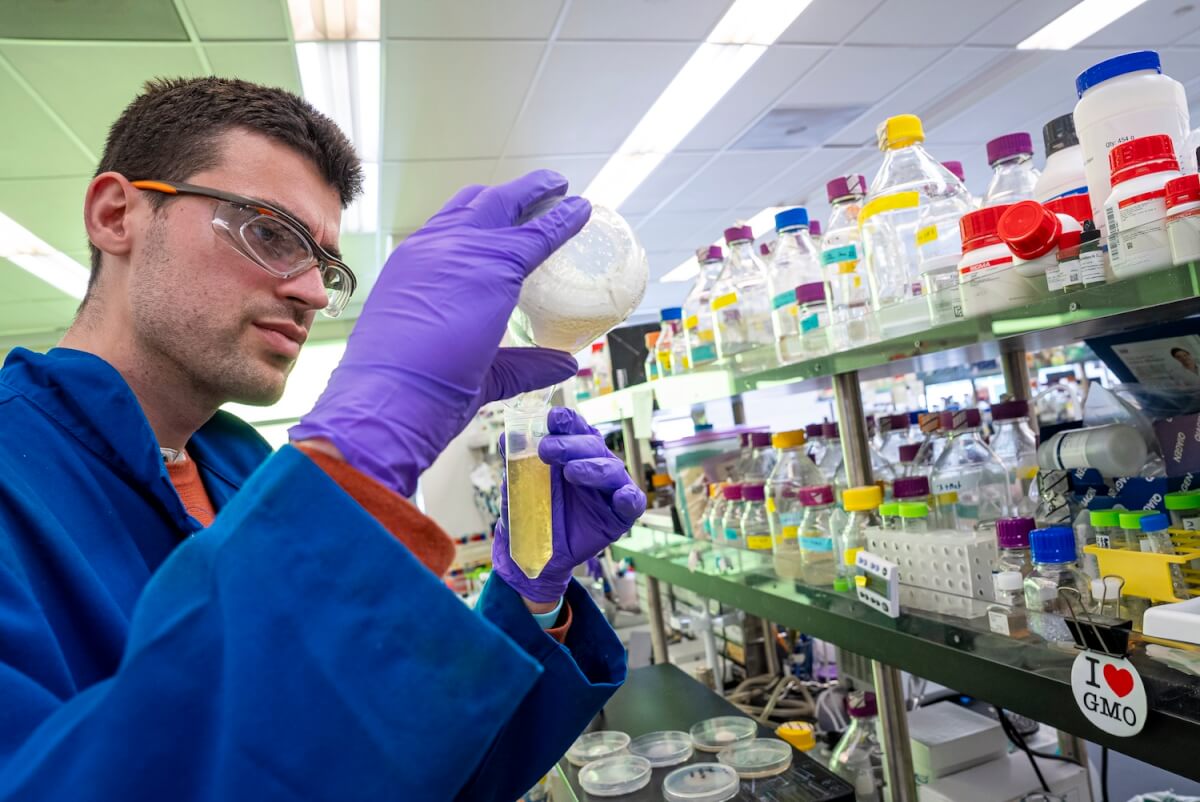💡What To Know:
- Scientists are using fungi to create a sustainable food alternative.
- By altering fungi genes, researchers created a burger patty made of mold.
- Gene editing boosted the food’s iron content, which gives meat its flavor and color.
BERKELEY, Calif. — Forget about ordering that juicy steak from your favorite restaurant — how about some mold? In a study that could transform the culinary world, researchers at Lawrence Berkeley National Laboratory and the University of California-Berkeley have unlocked the potential of fungi to create what they’re calling sustainable, healthy, and flavor-rich food alternatives.
With animal-free dairy and vegetarian meat substitutes already reshaping consumer choices, this new research dives deeper into biotechnology’s role in producing environmentally friendly and cruelty-free products.
Fungi, a kingdom of organisms celebrated for its diverse and nutritious offerings, stands at the forefront of this food revolution. Vayu Hill-Maini, a chef-turned-bioengineer and an affiliate in the Biosciences Area at Berkeley Lab, alongside a team of researchers, sunk their teeth into an ambitious project to explore how modifying the genes in fungi can lead to the creation of novel flavors and textures in food.

“I think it’s a fundamental aspect of synthetic biology that we’re benefiting from organisms that have evolved to be really good at certain things,” says Hill-Maini, a postdoctoral researcher at UC Berkeley, in a media release. “What we’re trying to do is to look at what is the fungus making and try to kind of unlock and enhance it. And I think that’s an important angle that we don’t need to introduce genes from wildly different species. We’re investigating how we can stitch things together and unlock what’s already there.”
The research, published in the journal Nature Communications, concentrated on a multicellular fungus known as Aspergillus oryzae, or koji mold. This fungus has a long history in East Asia, where it is used to ferment starches into sake, soy sauce, and miso. Utilizing the CRISPR-Cas9 gene editing system, the team made precise alterations to the koji mold’s genome. Their efforts resulted in an increased production of heme, an iron-based molecule responsible for meat’s distinctive flavor and color, and ergothioneine, a fungi-exclusive antioxidant linked to cardiovascular health benefits.

These modifications transformed the once-white fungi into red, allowing for the creation of a fungi-based burger with minimal processing.
“We think that there’s a lot of room to explore texture by varying the fiber-like morphology of the cells. So, we might be able to program the structure of the lot fibers to be longer which would give a more meat-like experience. And then we can think about boosting lipid composition for mouth feel and further nutrition,” explains Hill-Maini, who was a Fellow of the Miller Institute for Basic Research in Science at UC Berkeley during the study. “I’m really excited about how can we further look at the fungus and, you know, tinker with its structure and metabolism for food.”
This research not only opens doors to new food sources that bypass the cost and ethical concerns associated with meat production but also represents a significant advancement in the field of synthetic biology. Fungi, with their ability to efficiently convert carbon into a wide variety of molecules, offer an untapped resource for producing foods, biofuels, and even medicines.

“These organisms have been used for centuries to produce food, and they are incredibly efficient at converting carbon into a wide variety of complex molecules, including many that would be almost impossible to produce using a classic host like brewer’s yeast or E. coli,” notes Jay Keasling, a senior scientist at Berkeley Lab and a professor at UC Berkeley. “By unlocking koji mold through the development of these tools, we are unlocking the potential of a huge new group of hosts that we can use to make foods, valuable chemicals, energy-dense biofuels, and medicines. It’s a thrilling new avenue for biomanufacturing.”
Hill-Maini’s culinary background fuels his determination to ensure that future fungi-based products are not only sustainable and healthy but also appealing to discerning palates. In collaboration with chefs at Alchemist, a two-Michelin-starred restaurant in Copenhagen, Hill-Maini explored the culinary potential of Neurospora intermedia, another multicellular fungus. This collaboration led to the creation of a new dessert, showcasing the potential to bridge the gap between the laboratory and the kitchen.
You might also be interested in:

Umm, no!
Humans were not meant to eat mold, I’ll stick with longhorn beef thanks!
I’m not sure about this new technology but it sounds like a possibl
I’m not sure about this new technology but it sounds in